The Republic of India is the most populous nation in the world with over 1.4 billion residents. India has twenty-two official languages including Hindi, Bengali, and Telugu and is the birthplace of Hinduism and Buddhism. The land that eventually became modern India was home to many different empires. The most expansive early civilization spanned parts of northwestern India, as well as Pakistan and Afghanistan. The Muslim Mughal Empire (1526-1857) is known for uniting Hindus and Muslims under a single state. Mughal emperor Shah Jahan commissioned the construction of the Taj Mahal.
The British East India Company – one of the largest monopolies in history — arrived on the continent in 1608, dominating European commerce in the region and evolving into a pseudo-nation state with vast economic power and a large army. After a failed rebellion by Indian sepoys, the British government took control of the company’s assets in 1858 and imposed formal rule over the Indian subcontinent. Opposition to the British persisted, eventually led by Mohandas K. Gandhi, a lawyer who championed nonviolent resistance against colonial rule. The British Raj ended in 1947. India and Pakistan became independent nations.
The Constitution of India came into effect in 1950 and forms the backbone of India’s federal system of constitutional democracy. It is the longest, most detailed national constitution in the world and has been amended over 90 times. India’s legal system has elements of civil law, common law, customary and religious law.
International Law
International sources of law, such as treaties or signed conventions, can be enforced in India if they have been ratified and incorporated into Indian law. In certain cases, customary principles of international law can be applied and enforced even without formal ratification if the law in question is not inconsistent with Indian law. For example, in a recent decision, the Supreme Court declared the precautionary principle, a cornerstone of international environmental law, to be customary international law and so incorporated into Indian law. When an international law conflicts with domestic law, the latter prevails.
Judicial System
The Indian judiciary is a single integrated system. The constitution divides the judiciary into two parts: the superior judiciary (consisting of the Supreme Court and the High Courts) and the subordinate judiciary (the lower courts, which are under the supervision of the High Courts).
- The Supreme Court of India is India’s highest court and sits in New Delhi.
- There are 25 High Courts in India. Most of India’s twenty-eight states has one high court, although some high courts have jurisdiction over multiple states and territories.
- States are divided into districts, each of which has its own district court. With few exceptions, the district court has original jurisdiction for civil and criminal cases. When handling criminal matters, judges serve as “sessions judges” in “sessions courts.”
- Quasi-judicial tribunals and commissions are independent of the judicial and executive branches. These were created by legislation to lessen the burden on the court system and reduce civil case delays. Quasi-judicial tribunals include:
- The Central Administrative Tribunal, which handles disputes relating to public and civil servants
- The National and State Human Rights Commissions, for the protection of human rights
- The Competition Commission of India, which promotes and protects market competition
- There are also specialized courts, including:
- Family courts, which specialize in cases involving marriage, inheritance, and guardianship of minors
- The Special Court of Central Bureau of Investigation, which handles cases involving corruption and bribery
- Specific High Courts and District Courts, which have a docket entirely of commercial cases of specific value, including arbitration cases.
Judicial Selection
The President formally appoints judges to the high courts and lower courts, in consultation with the Chief Justice of India as well as the high courts and state governors of regions with vacancies. Though the national constitution does not explicitly mandate it, India’s judicial selection model has been described as a “collegium system,” where groups of judges are responsible for judicial assignments. Candidates to the high courts and the supreme court of India are identified by the Chief Justice of India and the four senior-most members of the Supreme Court. They submit these names to India’s Minister of Law, who presents them to the president.
Judicial candidates must have a law degree and sit for a qualifying examination administered at the state level. Most applicants have at least seven years of legal practice before taking the exam. The exam includes a written and oral section and successful candidates are interviewed by the State Public Service Commission which selects candidates to undergo three years of training and internship as magistrate judges. After this period, magistrate judges may apply for elevation to a higher court and are promoted based upon the recommendations of state governors and members of the state’s high court.
Judicial Tenure
Justices of the Supreme Court and High Courts have life tenure and cannot be removed from office except for misconduct or incapacity. However, there is a mandatory retirement age: 65 years of age for supreme court justices, 62 years of age for high court justices, and 60 for district and sessions judges. Over the years, there have been calls to increase the retirement age.
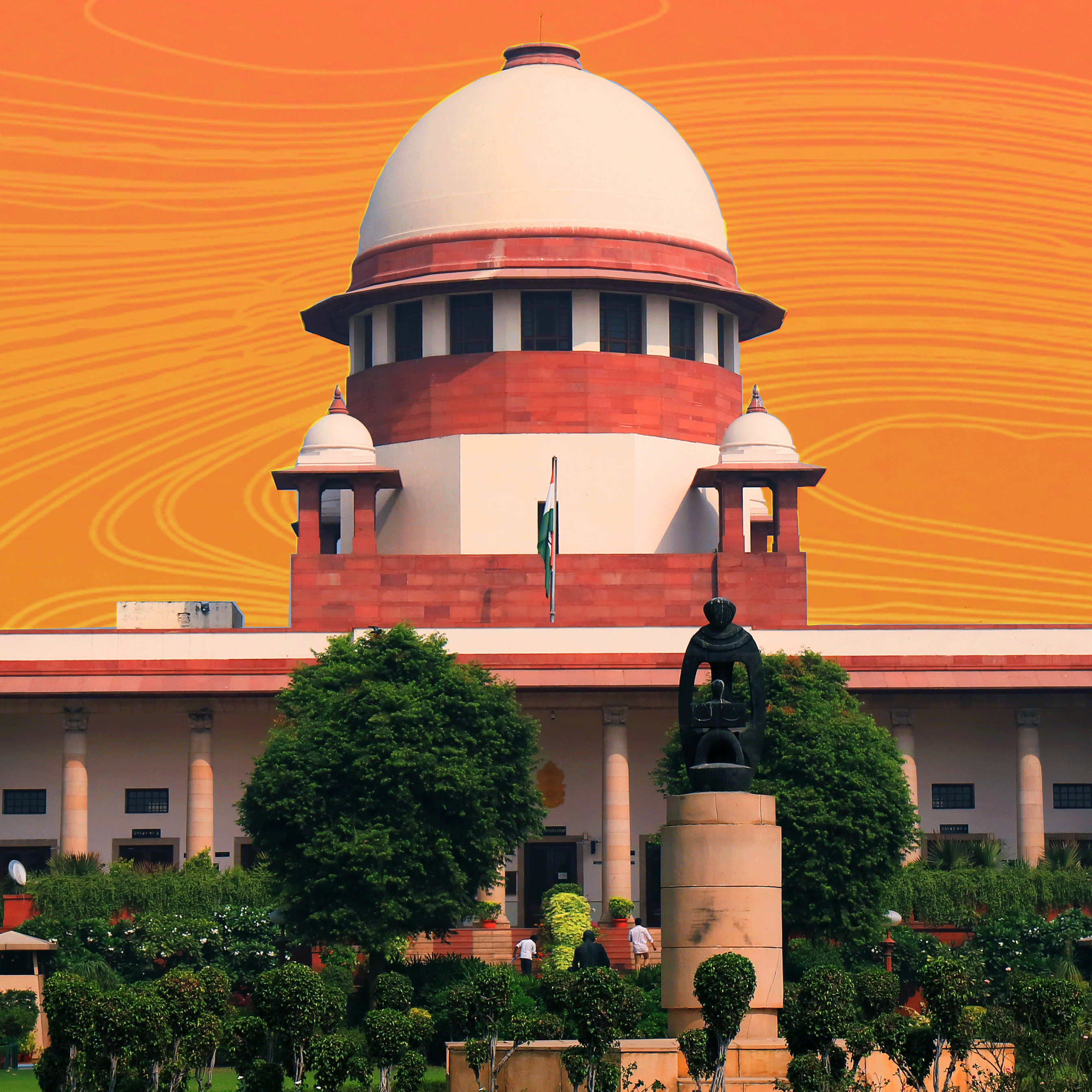
The Supreme Court of India
Supreme Court judgments are binding on all courts, judicial authorities, and tribunals. The Supreme Court has the power of judicial review—that is, the power to declare unconstitutional acts of the legislature and executive.
The Supreme Court makes regular use of its power to appoint commissions of inquiry. These commissions investigate and provide further evidence in a case. This helps ensure the record is complete, without burdening the parties with the need to produce this evidence themselves. These commissions usually include lawyers, academics, and social workers, who investigate the allegations raised by the petitioner, engage in fact-finding, and report back to the Court. These reports are treated as prima facie evidence.
The Supreme Court has 33 justices who hear cases in panels of two or three depending upon the nature of the dispute. The court has a “constitution bench” of five or more justices to hear constitutional questions and other more complex legal issues.
When there is a vacancy on the Supreme Court, the Chief Justice consults with the four most senior justices of the court as to potential candidates. The Chief Justice also speaks with the most senior justice from the same state as the candidate. The Chief Justice refers his recommendation to the Union Minister of Law, Justice and Company Affairs who in turn sends the recommendation to the Prime Minister. Justices are then formally nominated by the President. The chief justice of the court is selected on the basis of seniority and, due to factors such as a justice’s age at appointment, the average term for a chief justice is 1.5 years.
The Suo Moto Petition
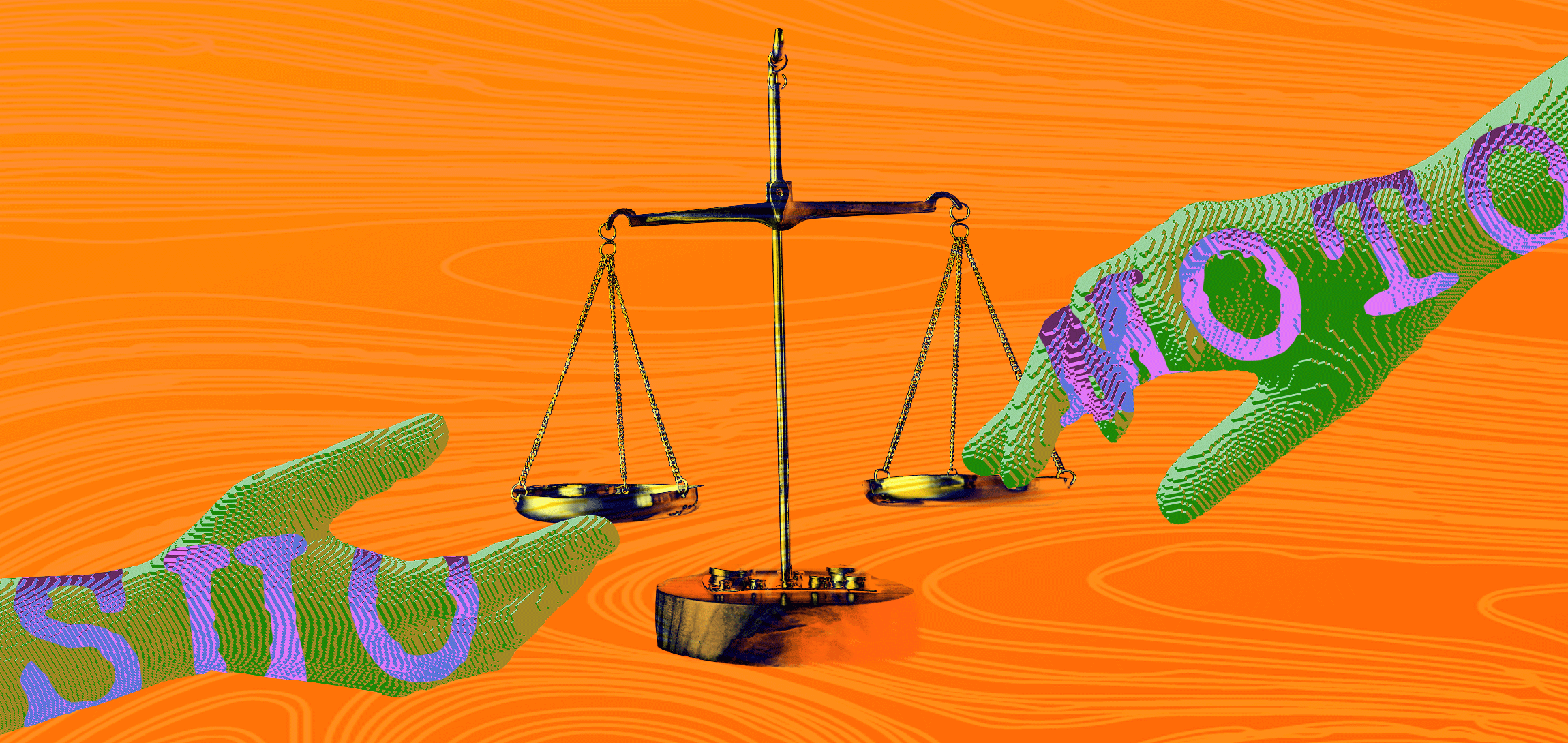
In suo moto cases, and other cases where the Supreme Court determines there is a significant power imbalance between the parties, the Supreme Court has innovated new procedures, including:
Relaxing standing doctrines. Rather than requiring a petitioner have suffered actual injury to have standing to sue, the Indian Supreme Court has permitted NGOs, social action groups, and individuals acting on behalf of others to sue to defend fundamental constitutional rights. Some of these suits result in the Court’s suo moto cognizance of the same case.
Acknowledging the imbalance of power between parties in the adversarial system. In these cases, the Court will be more proactive in ascertaining certain facts, or will shift the rebuttable presumptions, in an effort to create a fairer process between the two parties.
Innovating remedies. The Supreme Court has created a new range of remedies that are proactive and reactive, seeking to ameliorate constitutional, civil, and criminal wrongs all at once, saving the petitioner from having to return to court on multiple occasions to receive full redress.
Specifically retaining jurisdiction over the matter, and monitoring compliance with Court orders. Retaining jurisdiction permits a court to continue to issue orders and directives until final judgment is appropriate. The Court can also more easily monitor compliance and re-direct the commission’s inquiry as necessary.
In 2020, the Court had ten suo moto cases, the most of any year. In June 2021, the Court had eighteen pending suo moto cases, some of which were “continuing mandamus” cases, in which the Court retained jurisdiction to continue to issue orders as necessary, without having to open a new case.
Some notable examples of cases the Supreme Court has considered suo moto include:
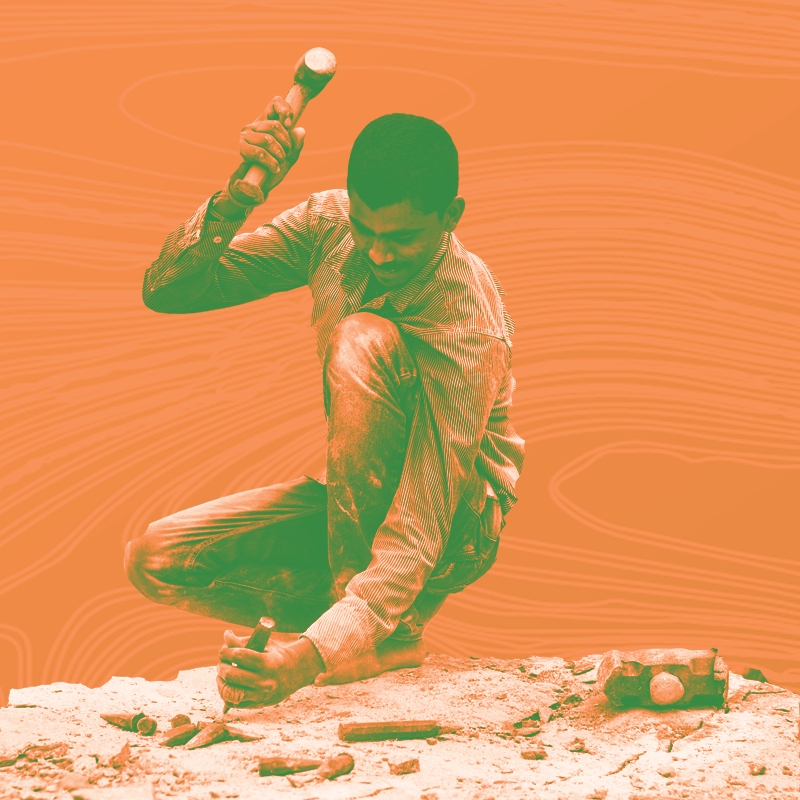
An NGO dedicated to workers’ rights sent a letter to the Supreme Court alleging intolerable working conditions in certain stone quarries. Citing its suo moto power under Article 32 of the constitution, the Supreme Court took up this case and appointed a well-known professor of sociology to investigate the conditions of the stone quarry workers. On the basis of this report, the Supreme Court issued further orders to protect the workers’ fundamental rights.
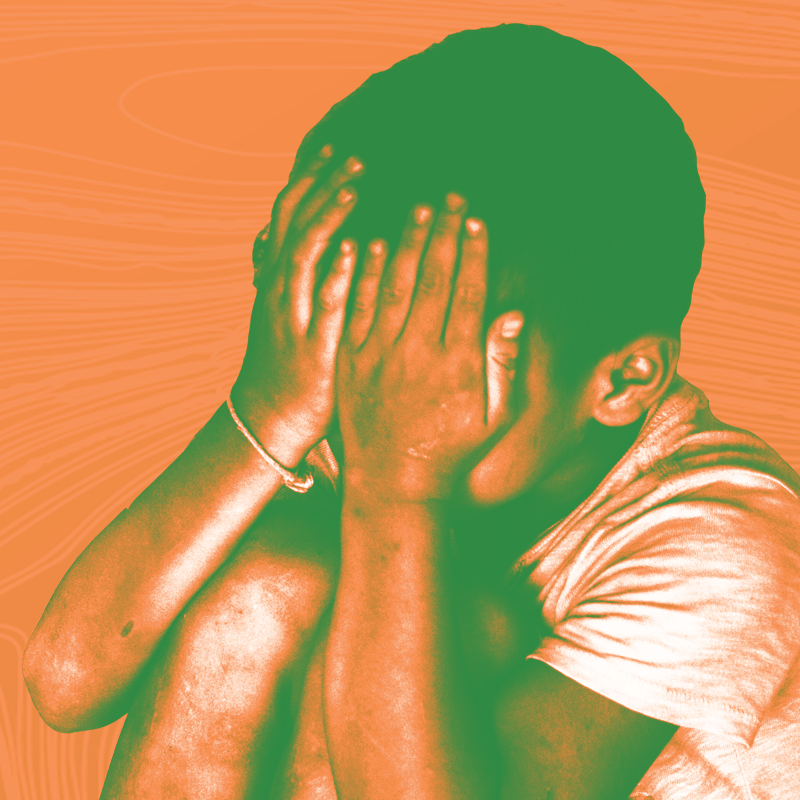
In 2012, Parliament enacted the Protection of Children from Sexual Offenses Act (POCSO), legislation creating new procedures for reporting cases and specialized courts. The law requires cases to be disposed within a year of the offense being reported. The early numbers were not encouraging, and the Supreme Court registered a suo moto petition. In July 2019, the Court appointed a senior counsel to collect information about pending POCSO cases and report on their progress.

In 2015, a video of a gang rape circulated on social media in India. An NGO wrote to the Supreme Court, drawing its attention to the proliferation of such videos and and their viral circulation on social media. Based on the letter, the Court lodged a suo moto petition. The Court created a committee to advise the court on “the feasibility of ensuring that videos depicting rape, gang rape and child pornography are not available for circulation.” The committee was tasked with reporting on available technology solutions, for example auto-blocking software and filtering.
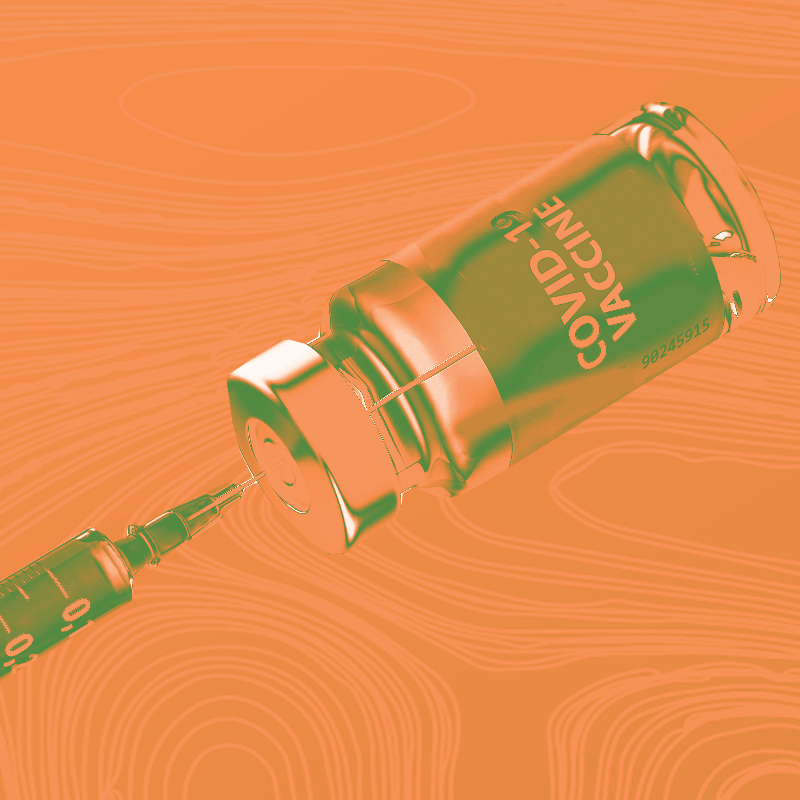
The Supreme Court has also made increasing use of the suo moto power to cope with the COVID-19 pandemic. In one case, the Court ordered the government to draft a national policy for the distribution of supplies, including oxygen, essential drugs, and vaccines. It directed the government to distribute supplies and essential services in an “even handed manner according to the advice of health authority which undoubtedly take into account relevant factors like severity, susceptibility, the number of people affected and the local availability of resources.” In another case, the Supreme Court questioned whether the government had an adequate plan to vaccinate people living in rural areas of the country.
Judicial Education
India’s National Judicial Academy, located in Bhopal, Madhya Pradesh, was established in 1993 and develops programs for judges sitting on the high courts and district judiciary. The curriculum includes workshops on emerging areas of law and practice as well as seminars on the administration of justice. The Academy also hosts judges from other countries for week-long programs, including Bangladesh, Malaysia, and Myanmar. There are also state judicial academies across India that provide induction training for newly appointed lower court judges as well as in-service programs for experienced judges.
Framing of Charges
Criminal proceedings usually commence with the police filing of a First Information Report (the complaint). If an investigation reveals that a crime has been committed, a charge sheet (police report) setting forth the allegations is submitted to the court. The court reviews the charge sheet to assess whether there is enough evidence to proceed and, if so, it “takes cognizance” of the charges.
